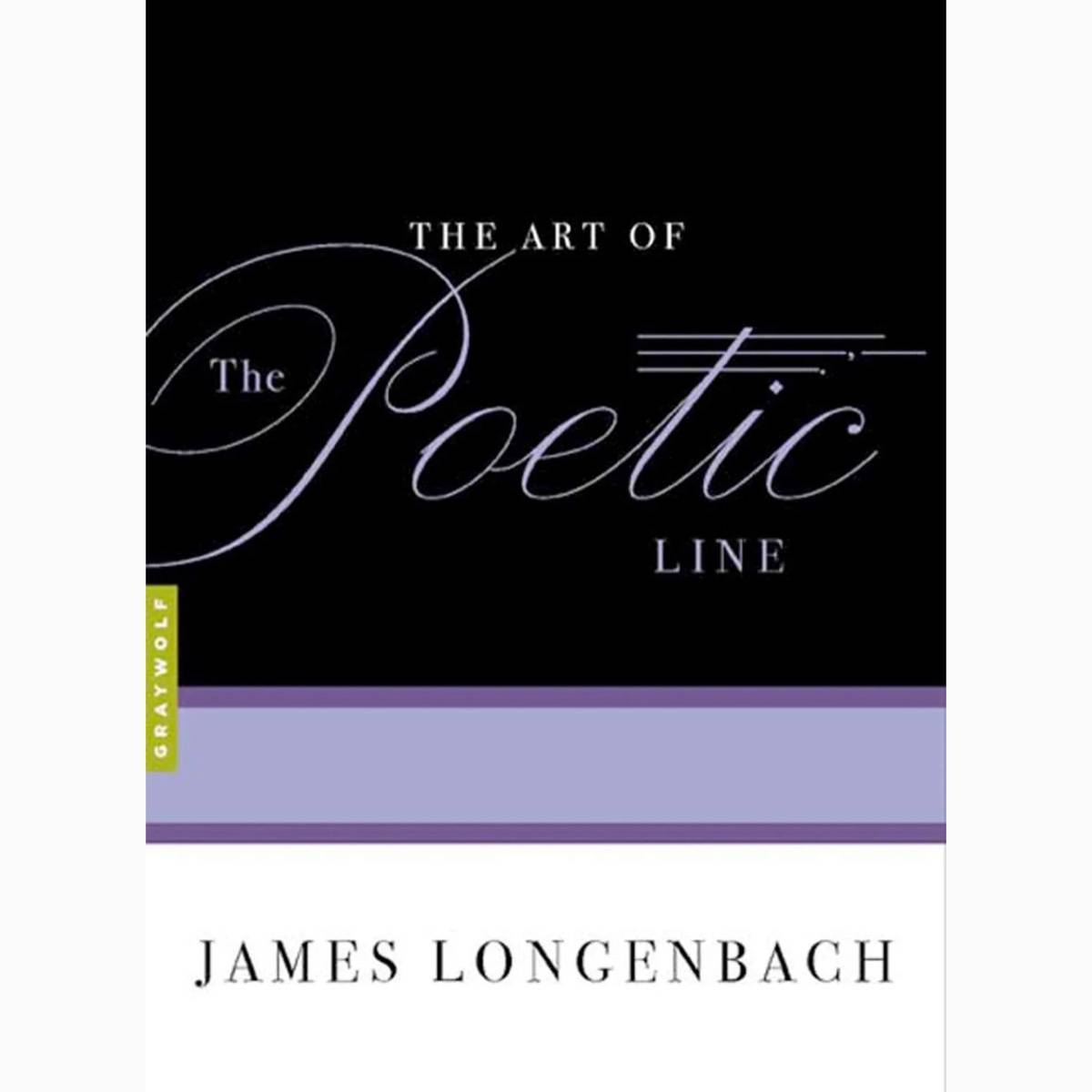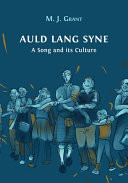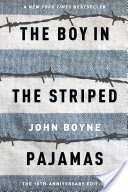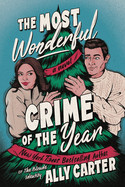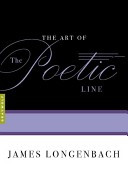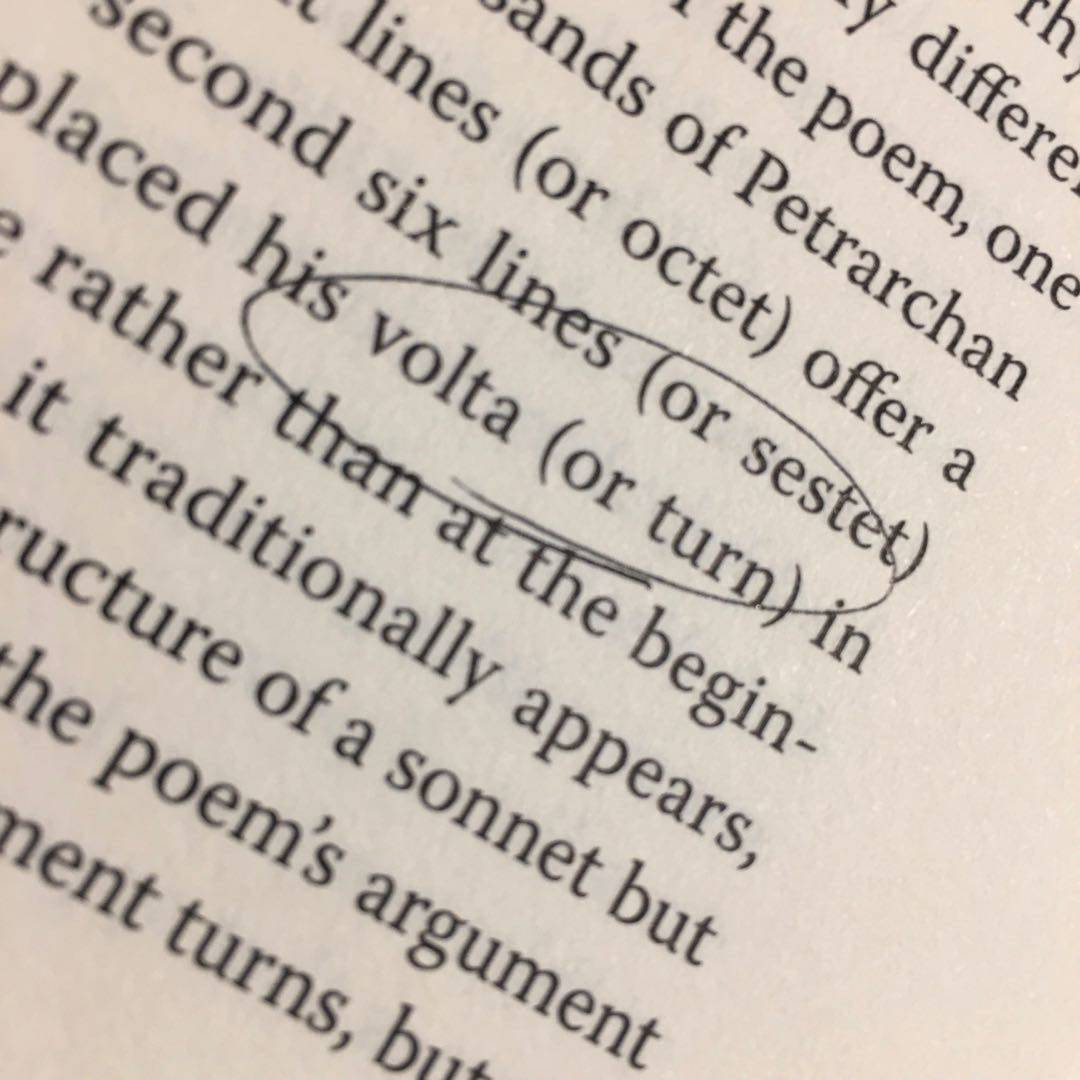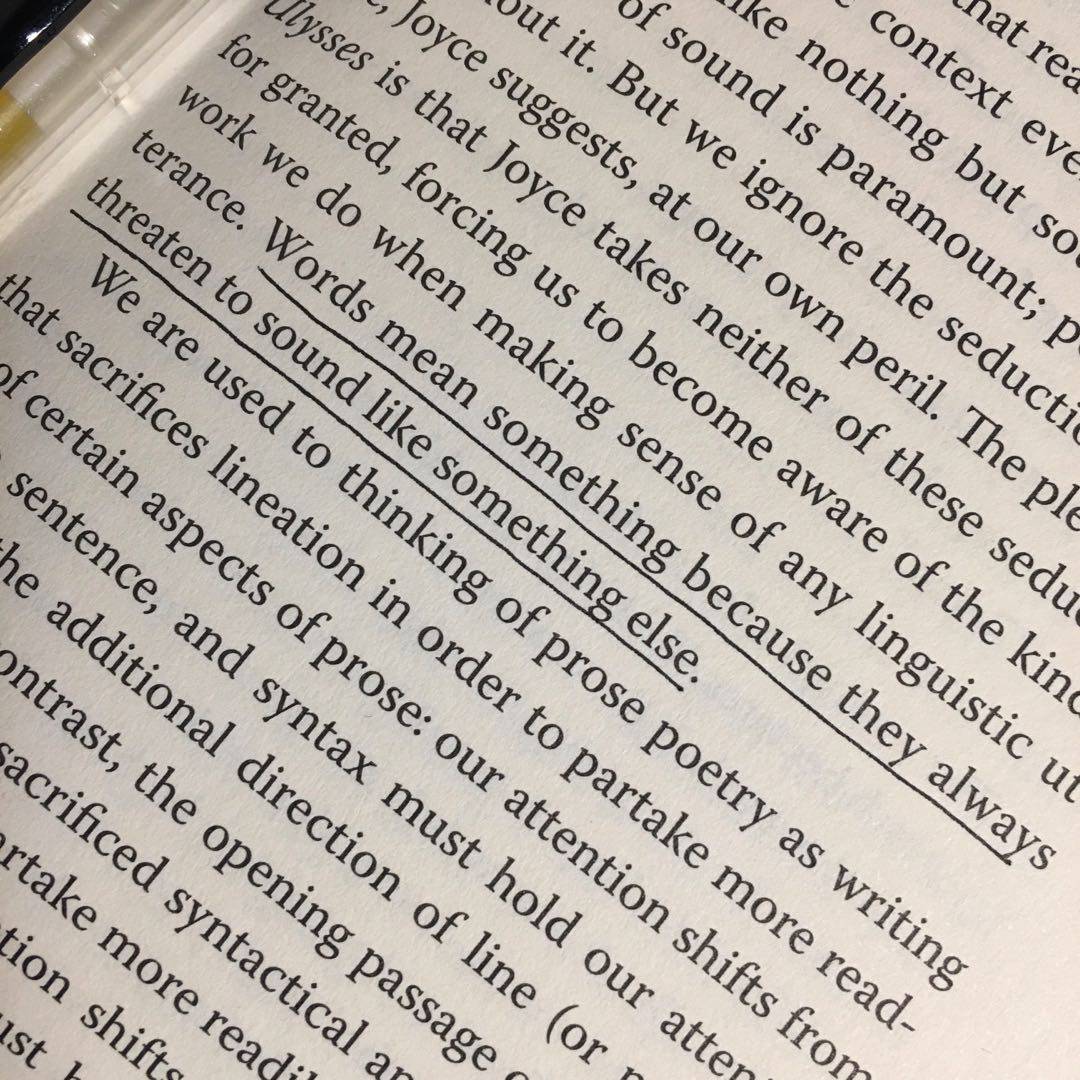The art of the poetic line | James Longenbach
James Longenbach is the author of three poetry collections, including Draft of a Letter; five works of criticism, including The Resistance to Poetry, as well as numerous essays and reviews. He is Joseph Henry Gilmore Professor of English at the University of Rochester. "Poetry is the sound of language organized in lines." James Longenbach opens this essential book with that provocative statement. Through a range of examples�from Shakespeare and Milton to Ashbery and Gl�ck�Longenbach describes the function of line in metered, rhymed, syllabic, and free-verse poetry. That function is sonic, he argues, and our true experience of it can only be identified in relation to other elements in a poem. Syntax and the interaction of different kinds of line endings are primary to understanding line, as is the relationship of lineated poems to prose poetry. The Art of the Poetic Line is a vital new resource by one of America's most important critics and most engaging poets. The Art of the Poetic Line is part of The Art of series, a new line of books by important authors on the craft of writing, edited by Charles Baxter. Each book examines a singular, but often assumed or neglected, issue facing the contemporary writer of fiction, nonfiction, or poetry. The Art of series means to restore the art of criticism while illuminating the art of writing. Of the series, Baxter writes, �The Art Of series is meant to restore criticism as an art, with writers examining features of their craft in lively and colorful prose.� "A much-admired academic critic and poet, Longenbach contributes to this useful new series of pocket-sized writing guides with clear, swift prose that explains how poets have thought about kinds of lines; how the line, or the idea of the line, distinguishes poetry (even prose poetry) from ordinary prose; how reference to dramatic verse (especially Shakespeare's) can help us think about verse lines on the page; and how the kinds of line he identifies�the end-stopped (punctuated) line, the parsing line (which follows a phrase's syntax), and the annotating line (which works against it)�combine to make memorable modern poems. A set of examples from William Carlos Williams demonstrate how Williams's freewheeling prose let him evolve from less interesting to more powerful versions of free verse. Passages from Marianne Moore, C.D. Wright, Emily Dickinson, Ezra Pound and Frank Bidart also receive incisive comment. No particular line, Longenbach writes, needs to be championed at the expense of other kinds . . . Useful in college and high school courses."�Publishers Weekly
